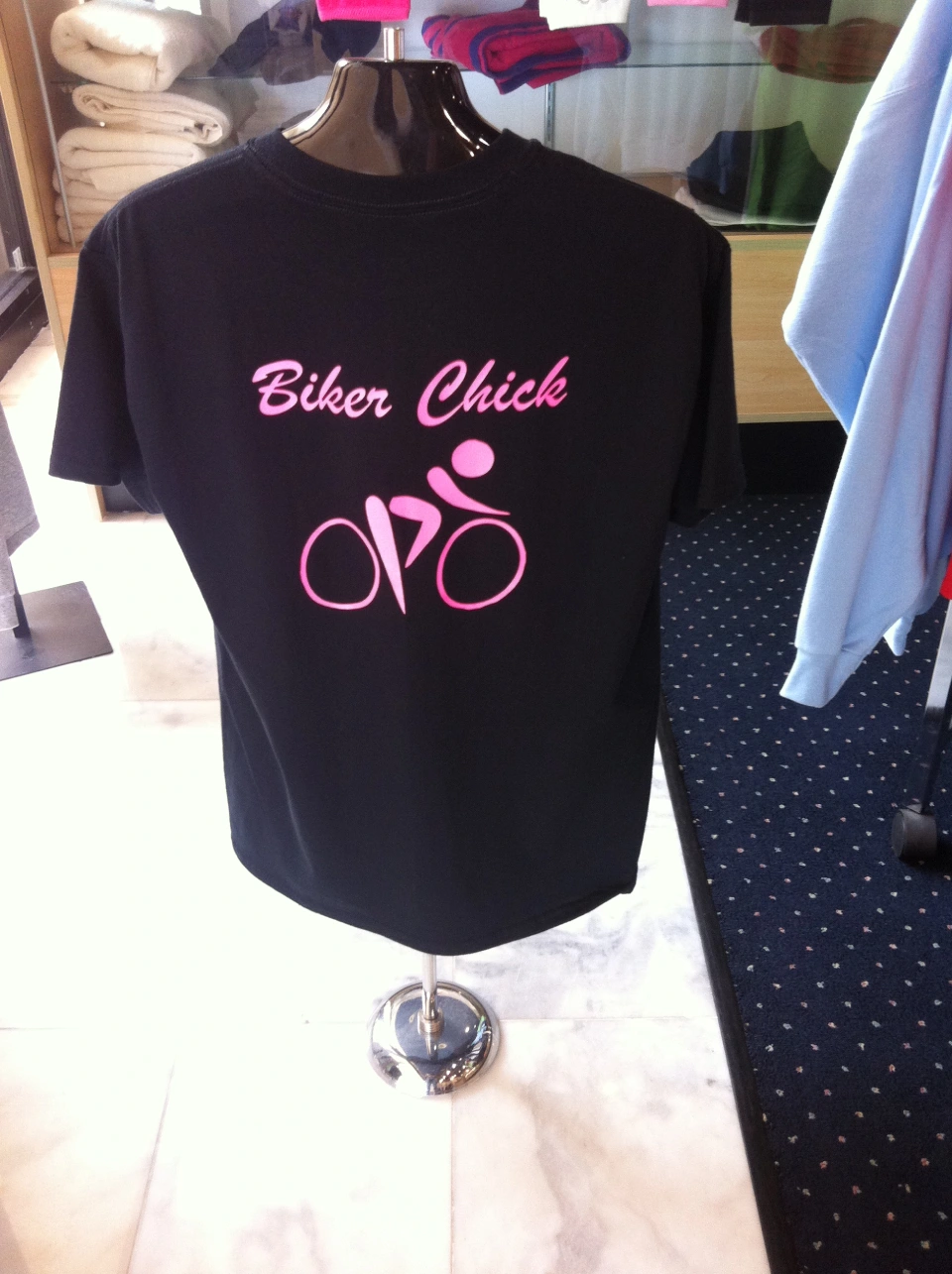Classy Monogramming on Towels for a Touch of Luxury
Classy Monogramming on Towels for a Touch of Luxury
Blog Article
The Art of Custom-made Needlework: Opening the Keys to Creating Special and Memorable Designs
The secrets to producing customized needlework layouts that mesmerize the eye and leave a long-term perception lie in a fragile balance of technique, imagination, and interest to detail. As we dive into the globe of custom-made embroidery, we uncover the nuanced interaction in between string choice, stitch intricacy, and style personalization that elevates a simple garment to a work of art.
Choosing the Right Needlework Threads
When selecting embroidery strings, what crucial variables should you think about to make sure the best outcomes for your custom-made designs? The selection of embroidery string is essential in establishing the final result of your embroidered style. Among the primary considerations is the material of the thread. Different materials such as cotton, polyester, rayon, and silk offer differing levels of shine, sturdiness, and texture. It is important to select a thread product that matches the material you are stitching on and straightens with the wanted appearance of the style.
Additionally, the weight or thickness of the string plays a considerable duty in the appearance of the embroidery. Thicker threads can add measurement and texture to your layout, while finer threads are ideal for elaborate information and small message. Furthermore, taking into consideration the color fastness and washability of the thread is crucial to guarantee that your custom-made designs preserve their quality and vibrancy over time. By very carefully reviewing these aspects and selecting top quality strings that fulfill your particular needs, you can improve the aesthetic charm and longevity of your embroidered creations.
Exploring Different Stitch Methods
To look into the realm of 'Discovering Different Stitch Strategies', one must comprehend the ins and outs and subtleties that each stitching method gives the art of embroidery. Various stitch strategies not just add visual rate of interest but likewise add to the overall structure and dimension of the design. One preferred stitch method is the satin stitch, which involves very closely stuffed parallel stitches to produce a smooth and shiny surface area, suitable for filling out forms and creating bold outlines.
On the other hand, the backstitch is a flexible strategy usually utilized for describing and adding great information. It involves sewing backward to create a strong line of embroidery. Furthermore, the French knot stitch includes a tactile component to designs, ideal for developing distinctive accents like blossom facilities or ornamental touches.
Checking out different stitch techniques allows embroiderers to have fun with light, darkness, and depth within their styles, raising the visual allure and creative top quality of their embroidery projects. By understanding various stitching approaches, one can unlock unlimited opportunities for creating one-of-a-kind and unforgettable customized needlework items.
Incorporating Personalized Layout Aspects
Having actually checked out the details of different stitch methods such as the satin stitch, backstitch, and French knot, the emphasis now moves towards including individualized design components in personalized needlework tasks. Customized style aspects play an important duty in making embroidery projects truly unique and remarkable.
An additional method to integrate customized style elements is by consisting of signs or themes that hold special definition to the recipient or reflect their interests and personality. As an example, including a preferred blossom, animal, or hobby-related icon can make the embroidery design extra significant and individualized. Furthermore, picking shades that reverberate with the recipient or line up with the desired motif can better enhance the customization of the needlework task.
Grasping the Art of Color Coordination

One trick facet of color control is understanding shade concept. This consists of understanding how different shades interact with each various other, the feelings they communicate, and just how they can be integrated to develop visually attractive styles. By applying color concept concepts, embroiderers can produce unified shade combinations that improve the general appearance of the layout.
Additionally, taking notice of contrast is important in color control. Using contrasting shades can assist certain components of the style pop, improve legibility, and create an aesthetically dynamic needlework piece. By mastering the art of shade coordination, embroiderers can boost their styles and create remarkable items that reverberate with clients and viewers alike.
Enhancing Texture With Advanced Needlework Stitches
French knots, for example, are best for adding small, raised dots to your style, mimicking the look of beads or creating a distinctive surface. Bullion knots, on the other hand, can be made use of tailored cargo pants to produce twisted, ropelike elements that add a luxurious feel to the embroidery. Seed sewing entails small, scattered stitches that can complete areas with a multicolor structure, while turkey work produces fluffy, dimensional accents reminiscent of animal fur or foliage. Try out these sophisticated needlework stitches allows you to push the boundaries of typical needlework and produce helpful site truly one-of-a-kind and aesthetically appealing appearances in your layouts.
Verdict
Finally, the art of custom-made embroidery includes a combination of selecting the right strings, exploring numerous stitch strategies, incorporating customized style elements, understanding color coordination, and enhancing texture with sophisticated stitches. By comprehending and carrying out these key elements, embroiderers can produce one-of-a-kind and memorable layouts that display their imagination and ability. Embroidery enthusiasts can open the tricks to producing attractive and bespoke items that stick out and leave a long lasting perception.
Report this page